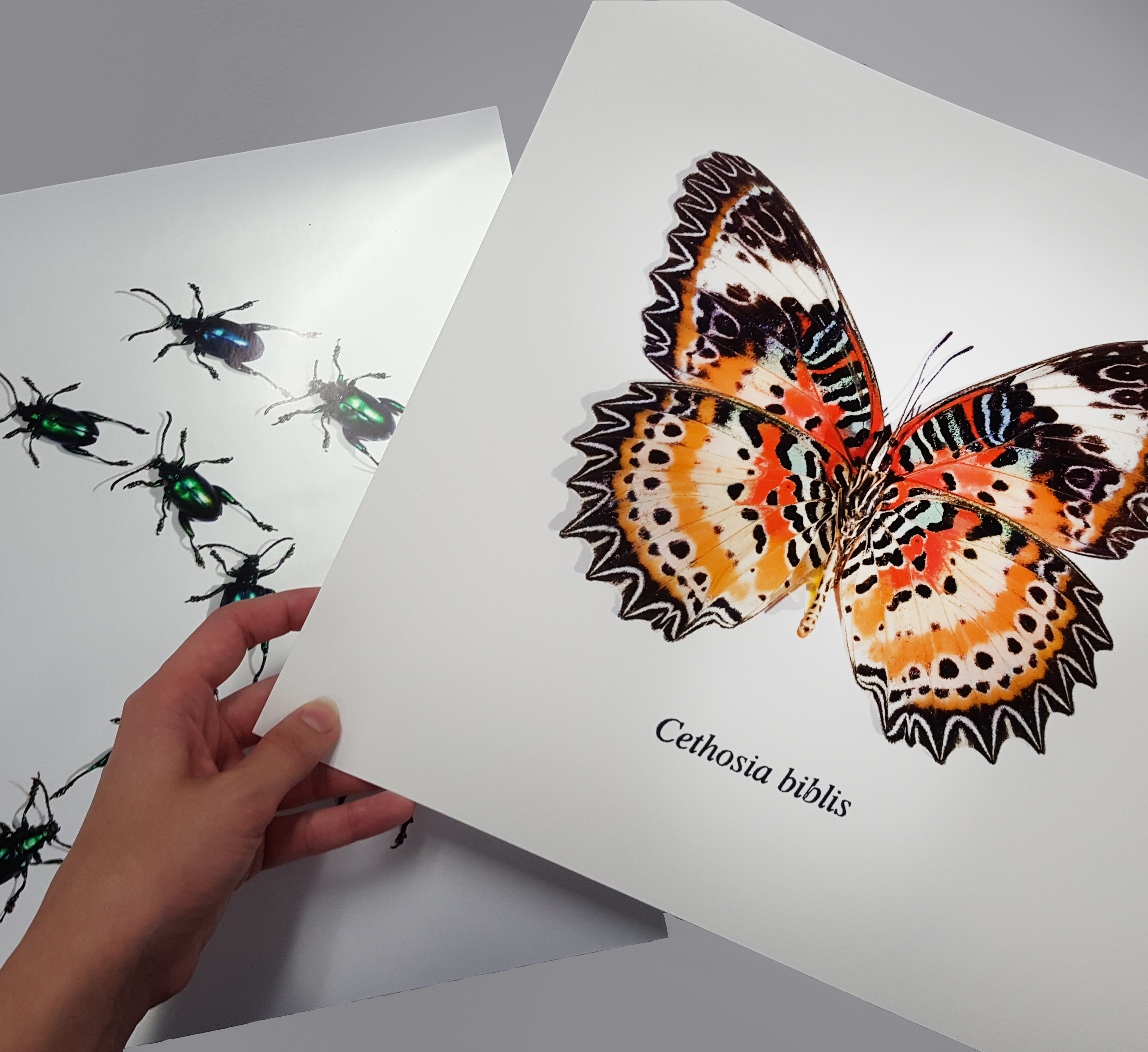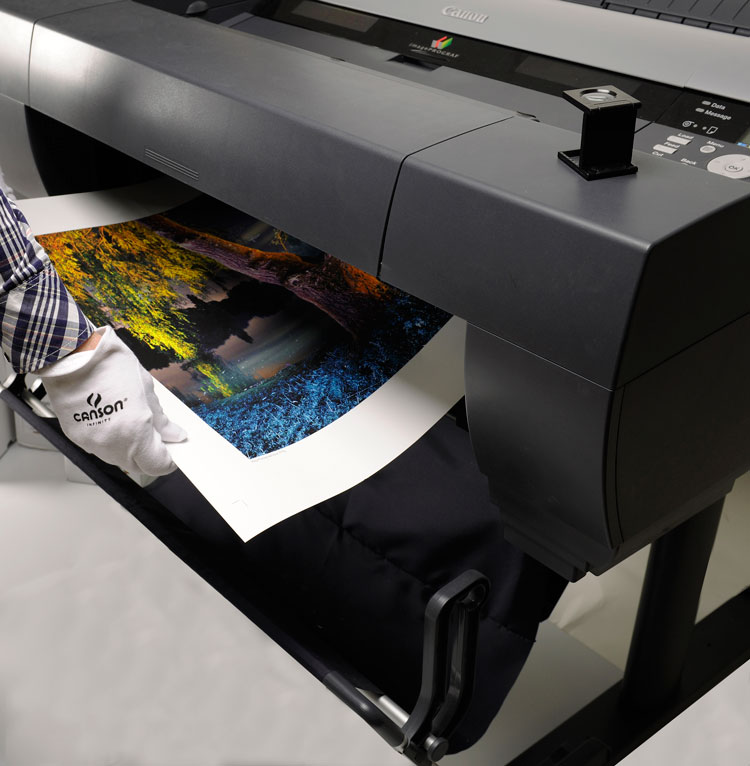

On the other hand, a traditional print will typically use dye-based inks or toners, a lower quality printer and paper/material that is cheaper. It also requires a certain degree of skill and know-how when it comes to the printer (person doing the job for you). The process uses pigment-based inks, archival quality paper and a wide format inkjet printer. What is the difference between a giclée and a print?Ī giclée print (also called archival pigment print) is the closest possible replication of an original artwork that is possible. It refers to the way an inkjet printer works, where it squirts or sprays the ink onto paper. Giclée (pronounced “zhee-klay”) is based on the French word “gicleur” which literally means “to squirt out”.Īccording to Wikipedia, the word was adopted by a printmaker, Jack Duganne, in the 90’s for fine art digital prints made on inkjet printers.

So feel free to call the process whatever you like! What does giclée mean? Some in the industry will say the term “giclée printing” is not as popular anymore, however google trends actually show searches for “fine art printing” and “giclée printing” are almost equal. To clarify, both of these terms refer to the exact same process. Let’s make sure we’re on the same page, then we can move on to the more juicy questions like: Which is the better option for you? Does reproducing artwork reduce its value? How do you keep costs down when producing prints? Fine art printing or giclée printing? Let’s start with the basics first though, do you know the difference between a true giclee print and an “art print”?

As an artist, are giclée prints worth it?īut are there instances where you could consider lower end prints?


 0 kommentar(er)
0 kommentar(er)
